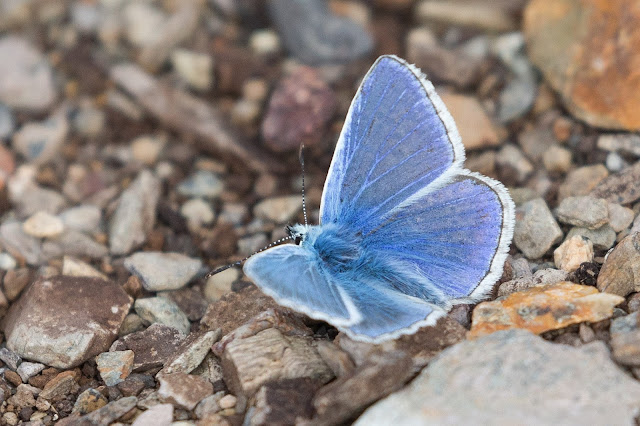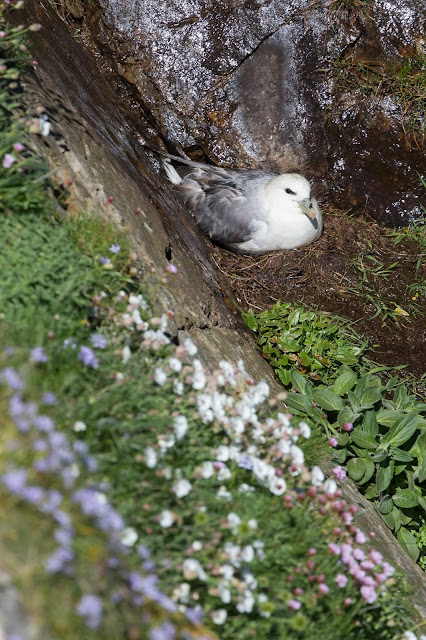I was up early this AM, covered the trap and then headed to Kenidjack. I sorted the trap later but here are some of the species caught in the garden (all the moth pics were taken on my iPhone):
The star, a Striped Hawk-moth the first I have ever caught
Striped Hawk-moth
Elephant Hawk-moth - Always a stunning species to see
Cream-spot Tiger - Three in the trap
Broad-barred White
Middle-barred Minor
Silver-ground Carpet
Buff Ermine
Brown Silver-lines
At Kenidjack it was very quiet and I saw little of real note. There were five Chough at the bottom of the valley and while I didn't get great views it appeared that they were two adults with three recently fledged young. Both Whitethroat and Swallow also had fledged young, a pair of Whitethroat had three fledged young and the male was in full song presumably hoping for a second brood despite his rather worn looking plumage while another male lower down the valley was nest building.
Kenidjack
Recently fledged Swallow
Whitethroat - Male in full song while his mate tended three recently fledged chicks
Whitethroat - Kendijack
I then headed to Pendeen and birded for a short while around the lighthouse and the scrub just inland but again it was pretty slow going. A flock of 15 Kittiwake fed in the bay below, stunning with their crisp plumage against the blue sea but a little distant for any more than a record shot. The grassland sward was vibrant with Common Blue amongst the Common Bird's-foot-trefoil and Dyer's Greenweed. A brood of very recently fledged Stonechat flicked around the lighthouse grounds and adjacent garden and a pair of Chough fed along the roadside. Out to sea a large flock of 2,000-3,000 Manx Shearwater was feeding but they were just too far out for anything more than a record shot. I returned back to the cottage and headed out for an afternoon on the beach in the glorious conditions.
Kittiwake - Pendeen
Common Blue Pendeen
Common Bird's-foot-trefoil - Pendeen
Juvenile Stonechat - Pendeen
Chough - Note the heavy wing moult - Pendeen
Chough - Pendeen
Raven - Pendeen
Linnet in breeding plumage - Pendeen
Manx Shearwater - Part of flock of 2,000-3,000 birds feeding off Pendeen


































































